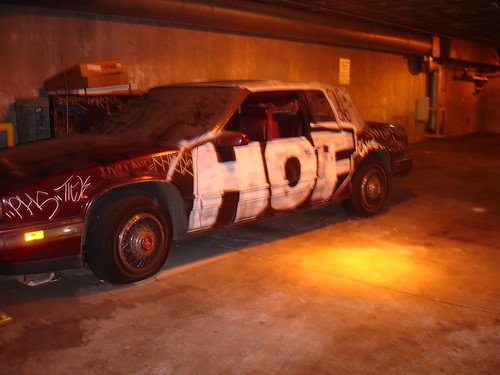Gird your loins! Fed-up fliers gear up for a battle to earn their rights
(Source: CNN)
We have all heard numerous stories about the bad treatment meted out to passengers by the airline staff and airline managements around the country. Among many such stories, one recent incident got a lot of scrutiny and prompted Government action. On August 8, Continent ExpressJet 21816 enroute to Minneapolis from Houston, with 47 passengers onboard was left waiting for clearance overnight on a tarmac in Rochester, Minnesota.
As the hours — going on six of them — passed, he said the air in the ExpressJet for Continental Airlines cabin grew rank. The two babies on board cried. The toilet filled and stopped flushing. No food was served and the puddle-jumper seats made sleep, for him, impossible. All the while, the airport was visible from the plane.
The much-publicized story of Flight 2816, diverted to Rochester because of bad weather while en route to Minneapolis from Houston, Texas, has brought to the forefront a growing demand to institute passenger rights.
Advocacy groups are fielding calls, gathering momentum and preparing for a September 22 hearing in Washington. One organization recently bought cable television ad time hoping to reach President Obama on his vacation and earn his support, just as a bill to protect fliers from such incidents heads to the Senate floor.
Since the Rochester incident, there have been other tarmac strandings. Passengers on a Sun Country Airlines flight were trapped for about six hours on August 21 while at JFK International Airport in New York. That prompted the airline’s CEO to announce last week a four-hour maximum deadline for tarmac sittings, Minnesota’s Star Tribune reported. The first “massive tarmac stranding” to spark outcries and stir up calls for legislation came in January 1999, said Kevin Mitchell, chairman of the Business Travel Coalition. That was when about 3,500 passengers were trapped during a snowstorm for up to 13 hours on Michigan’s Detroit Metro Airport tarmacs, he said.
The 2007 Valentine’s Day crisis involving JetBlue flights, which included strandings of up to 10 hours at JFK International, in Mitchell’s opinion eventually cost the then-CEO his job. A couple of months before that mess, Kate Hanni was one of the passengers caught up in a December 2006 storm fallout in Texas that left her and her family on an Austin, Texas, tarmac for more than nine hours.
“People miss funerals, weddings, cruise ships, business meetings — it has an impact on their lives,” said Hanni, whose outrage about that air travel experience pushed her create FlyersRights.org.
“And it’s not just a customer service issue,” she continued, mentioning overflowing toilets and people with diabetes or other medical conditions. “It’s about safety, dignity and well-being.”
In late July, the U.S. Senate Commerce Committee passed the Federal Aviation Administration Reauthorization Act, which includes the Airline Passengers Bill of Rights, first written in 2007 by Sens. Barbara Boxer, D-California, and Olympia Snowe, R-Maine. The FAA reauthorization bill will next move to the Senate for consideration.
Calling attention to the frustrations of flying is what Hanni, 49, is all about. If someone phones while trapped on a tarmac, she’ll start ringing the airline and airport managers, demanding help. If the response she gets is insufficient, she threatens and is poised to call media. Since the Rochester incident earlier this month, she said she’s been interviewed more than 50 times.
In June, 278 airplanes sat on tarmacs for more than three hours, according to a consumer report released by the DOT. The department’s Bureau of Transportation Statistics shows that 42 of the June flights sat on tarmacs for four hours or more.
Click here to read the entire article.
TransportGooru Musings: If you are one of the poor souls who was stuck for hours inside a metal tube, sign the petition and join teh crusaders in the fight for an Airline Passengers’ Bill of Rights (via flyersrights.org) .
http://www.petitiononline.com/airline/petition.html





 Ohio Rep. Betty Sutton’s amendment made it onto the American Clean Energy and Security Act, the legislation being marked up this week by the House Energy and Commerce Committee. Approved by a vote of 50-4, the amendment provides a voucher of up to $4,500 for
Ohio Rep. Betty Sutton’s amendment made it onto the American Clean Energy and Security Act, the legislation being marked up this week by the House Energy and Commerce Committee. Approved by a vote of 50-4, the amendment provides a voucher of up to $4,500 for 




